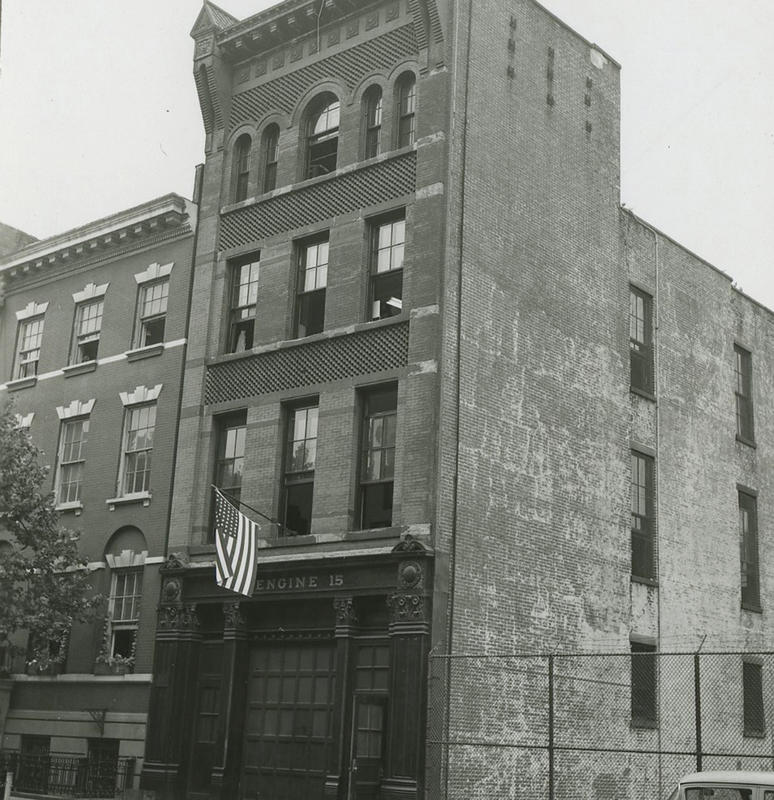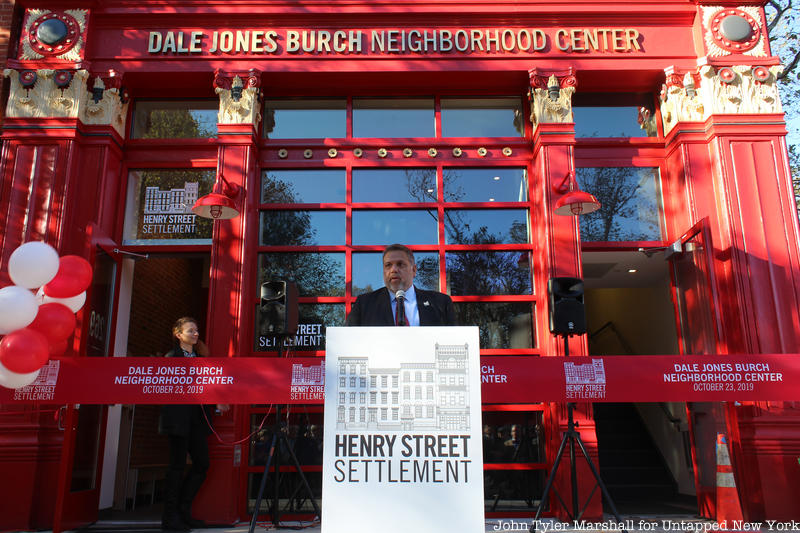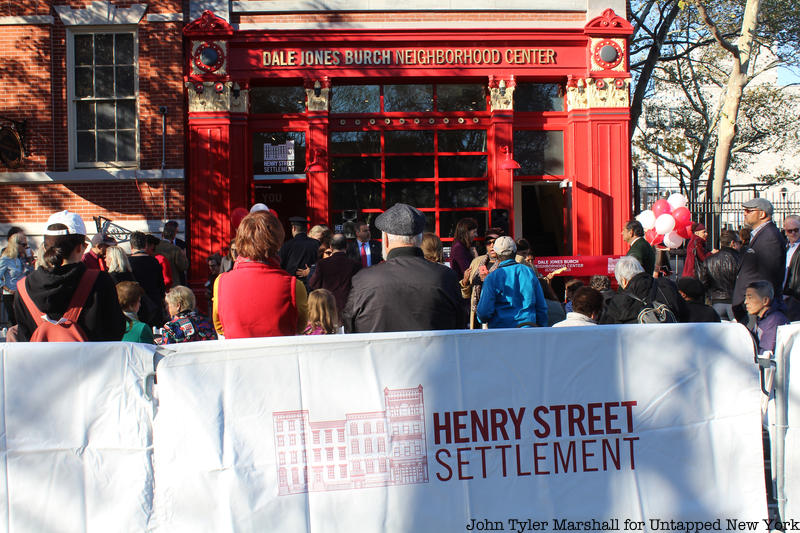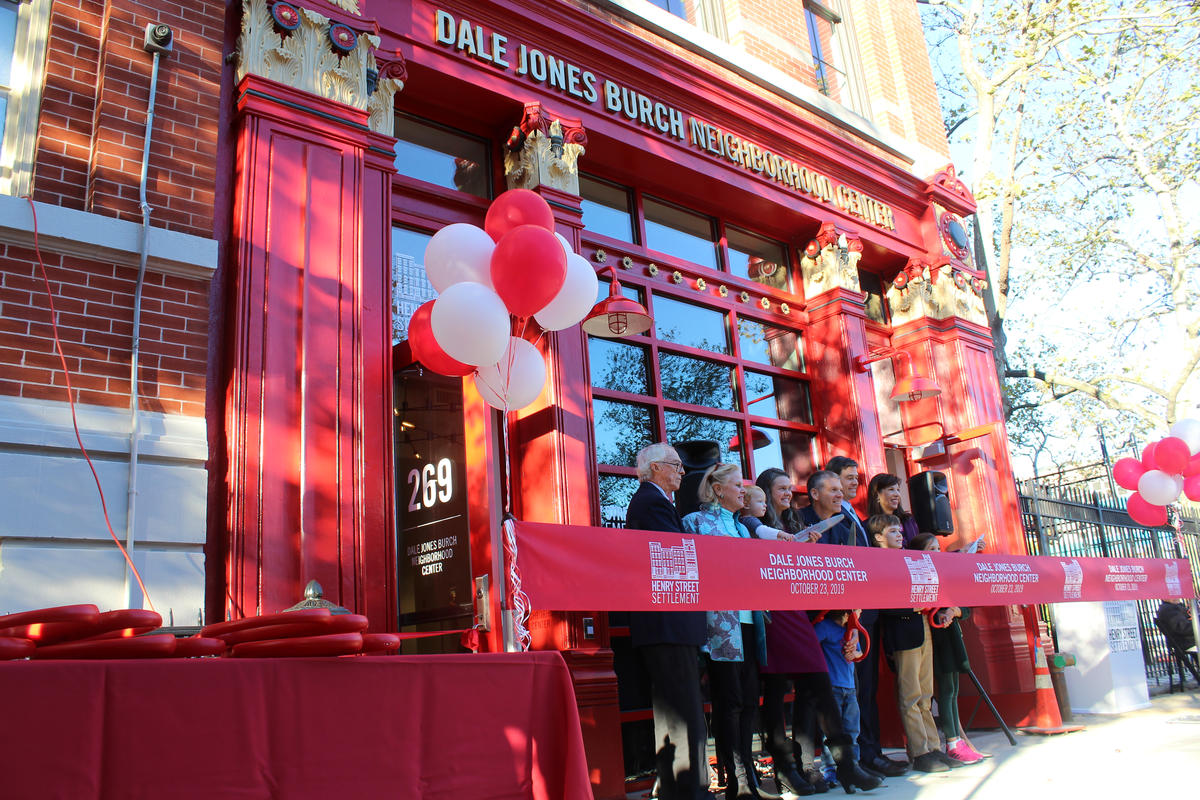All over New York City you will find historic firehouses repurposed to serve the needs our modern day communities. The latest historic conversion can be found in the Lower East Side where an 1880s firehouse has become the new Dale Jones Burch Neighborhood Center. The repurposed firehouse became is the 18th program site within the Henry Street Settlement and it is located right next to the organization’s headquarters. The Neighborhood Center will allow the firehouse to continue serving the needs of its community, just in a different way.
The first firehouse known to be built on the site at 269 Henry Street was that of Americus Engine Company 6 in 1854. “Big 6,” as the company was known, was more than just a simple firehouse, it had ties to the infamous Boss Tweed. Tweed was known for having his cronies on the City Council approve large budgets for the Fire Department so that he could channel the funds to himself through the many companies he owned. Being the Foreman (Captain, today) of the fire company, he built “Big 6” an elaborate firehouse that was said to be the best decorated firehouse in the City. Years later, due to the corruption in the City and the poor reputation of the Fire Department, the volunteer force was replaced by a paid one and “Big 6” was disbanded.
 Photograph Courtesy of New York City Fire Museum
Photograph Courtesy of New York City Fire Museum
Engine Company 15 moved in to the fancy firehouse and kept it the same for several years. In 1880, the architectural firm of Napoleon LeBrun & Sons was hired to build a new, modern firehouse. The firm would go on to design some forty structures for the Fire Department. The Engine 15 moved into their new firehouse, pictured above, on June 1, 1884. The company moved to Pitt Street after 9/11, and after a decade-long effort to take possession of this historic building, The Henry Street Settlement acquired the firehouse from the city in 2017 for $1.

As the Dale Jones Burch Neighborhood Center, the firehouse will serve as a community hub, providing residents with free services including legal and financial counseling, benefits screening, employment services, enrollment in food stamps, affordable health insurance, parenting help, and more. The Center is named for Henry Street board member and lead capital campaign donor Dale Jones Burch. The restoration was designed by the architecture firm Beyer Blinder Belle, who also completed the restoration of the TWA Hotel.

“The Settlement is thrilled to return this historic treasure to its former role as a ‘first responder’—to provide essential resources for thousands of community residents,” said David Garza, president & CEO of Henry Street Settlement. “We’re grateful to all the supporters who made this transformation possible.” Henry Street Settlement, founded in 1893 by Progressive reformer Lillian Wald, provides social service, arts, and health care programs to more than 50,000 individuals.
Next, check out Abandoned Firehouse in Harlem Converted into Cultural Center that Documents African Cultures






